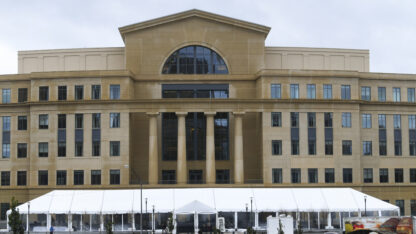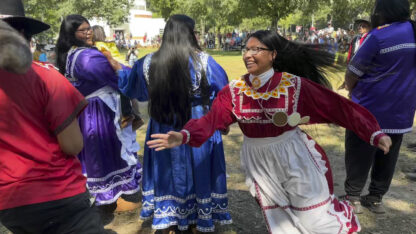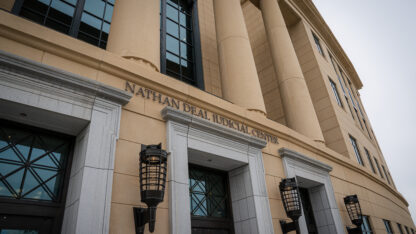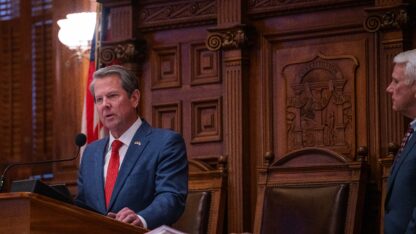2020 Census Will Include Checkboxes To Count Same-Sex Couples
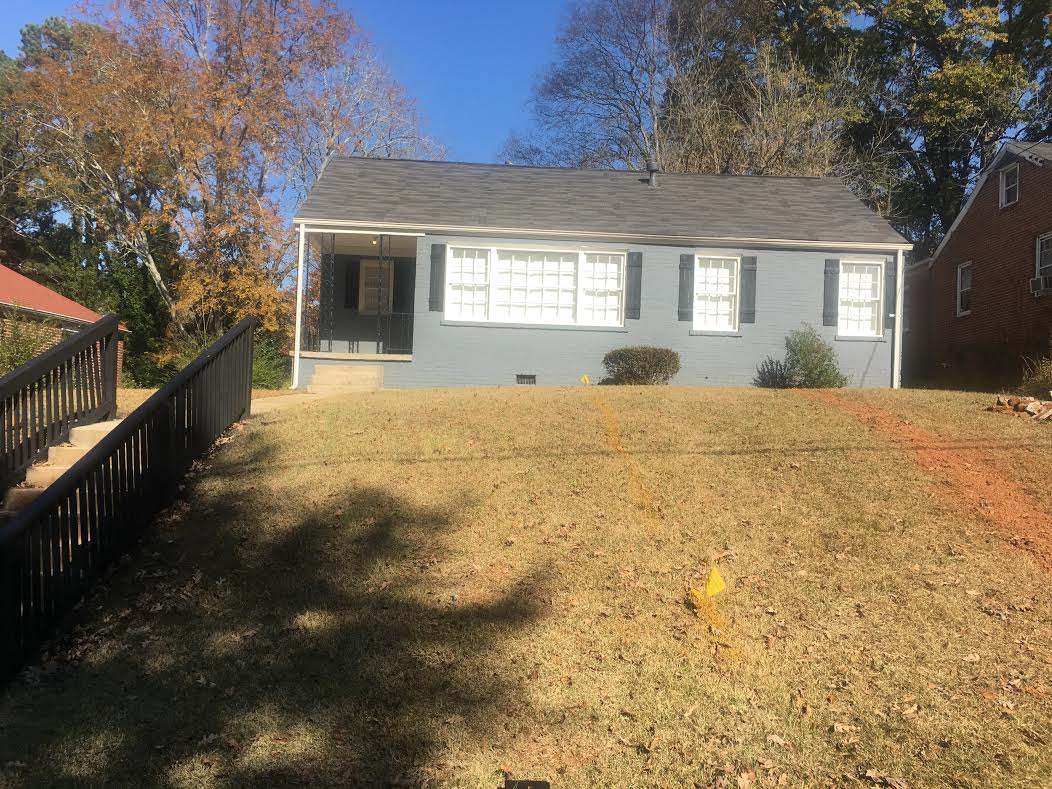
The Biggers House will be the home to an elderly black lesbian couple.
Roxanne Scott / WABE
Mary Anne Adams can’t wait to paint the front door purple at the 70-year old gray house that sits in Northwest Atlanta.
“Purple is symbolic of lesbian … lesbian life,” she says.
Adams is the executive director of the organization ZAMI NOBLA. It advocates for aging black lesbians. She calls this dwelling the ‘Biggers House.’ And she’s taking applications for an elderly couple on a fixed income to move into the two-bedroom home. Adams says social circumstances and stigma can leave some older lesbians financially unstable.
“A lot of these women are estranged from their families, says Adams. “They never had children, they’ve been underemployed. And so it’s vital that we provide housing.”
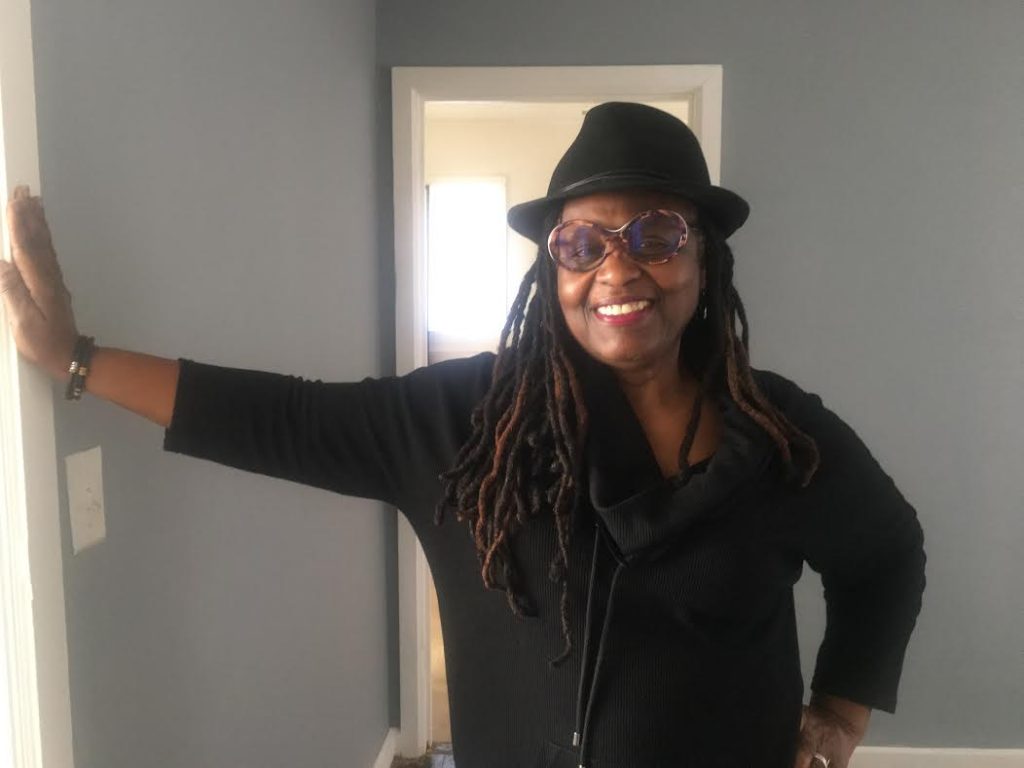
Adams says many LGBTQ people have unique housing needs, including homeless youth or those with HIV/AIDS.
That’s why she’s getting the word out about filling out the 2020 Census.
What The Census Decides
Nationally, there are nearly a million same-sex households, according to estimates from the 2018 American Community Survey. About 30,000 of them are in Georgia. For the first time, the Census will give same-sex couples checkboxes on next year’s questionnaire.
The Census determines $675 billion a year for federal programs. That includes money for housing as well as health care centers and adoption assistance.
The Census counts same-sex couples by combining data on sex and relationships.
Next year, the relationship question on forms will include categories for same-sex spouses and partners.

Lee Badgett is an economist at the University of Massachusetts and a scholar at the Williams Institute. The Institute conducts research on sexual orientation and gender identity. She says it’s important to get this data.
“It’s still helpful to identify which same-sex couples are married. And to know something about them,” says Badgett. “Do they have kids? Where do they live? What’s their income level like? All of that information can inform our decisions about public policy.”
A 2017 paper found that 132 federal programs used Census Bureau data to distribute funds in fiscal year 2015. None of those programs exclusively target same-sex couples.
Badgett says statistics on same-sex relationships could make room for research into inequalities in current programs. Or highlight the need for new ones.
That’s important for a group that still faces discrimination.
And a December report by the Williams Institute found that nearly a quarter of LGBT adults in the South live in poverty.
So Much Need
At the Biggers House, Mary Anne Adams shows off a space in the backyard for a community garden.
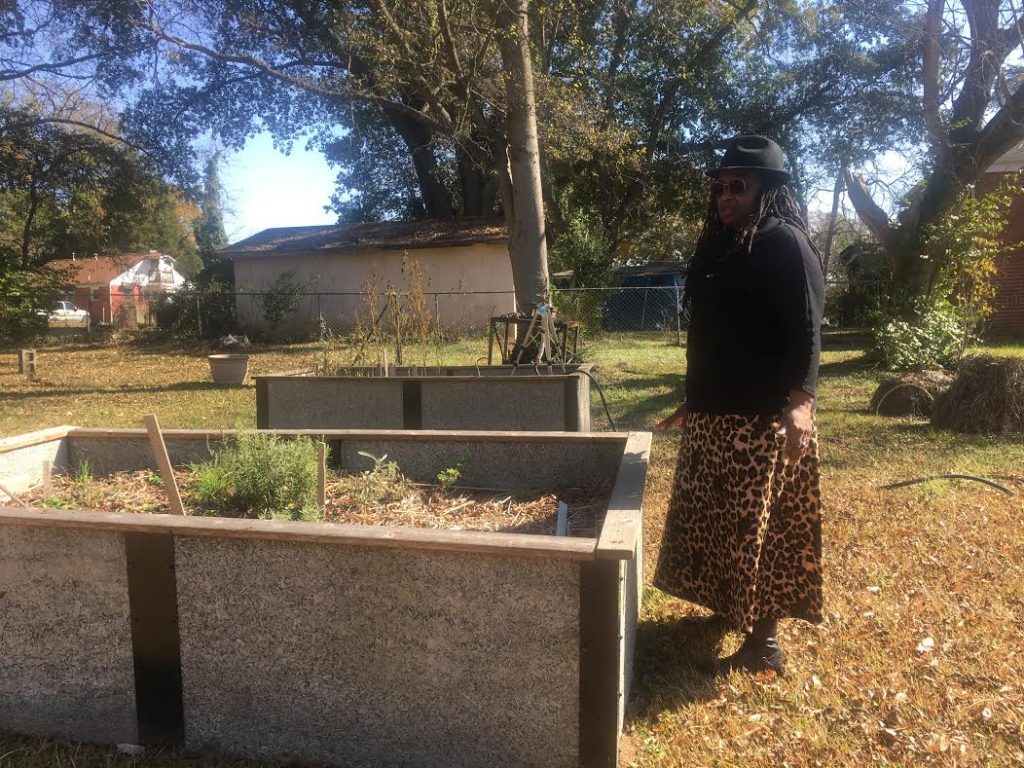
“We have such a need for healthy, nutritious food,” she says.
Adams knows that this 1200-square foot home in Atlanta can not solve social ills such as poverty and discrimination.
“This is just one house,” says Adams. “We have so much need.”
She hopes an accurate picture of who is living in the country can address some of those needs. But she’s disappointed that at least one group won’t be counted next year. LGB people who are single.
The 2020 Census will not have a question about sexual orientation.





